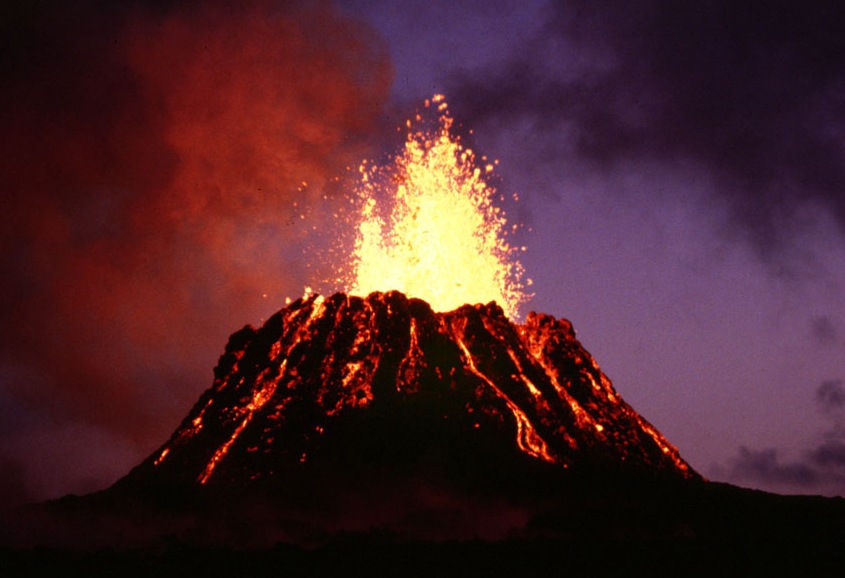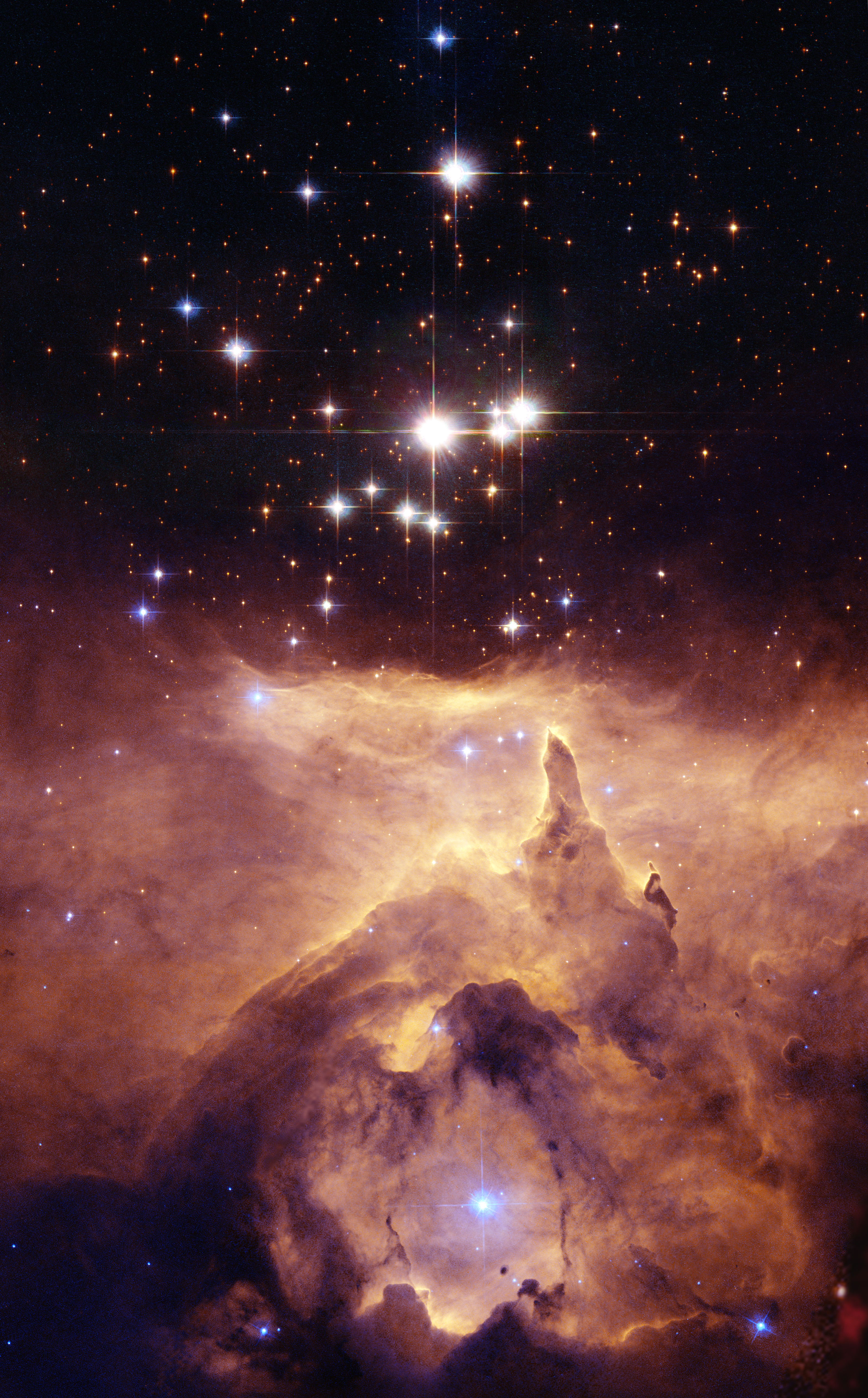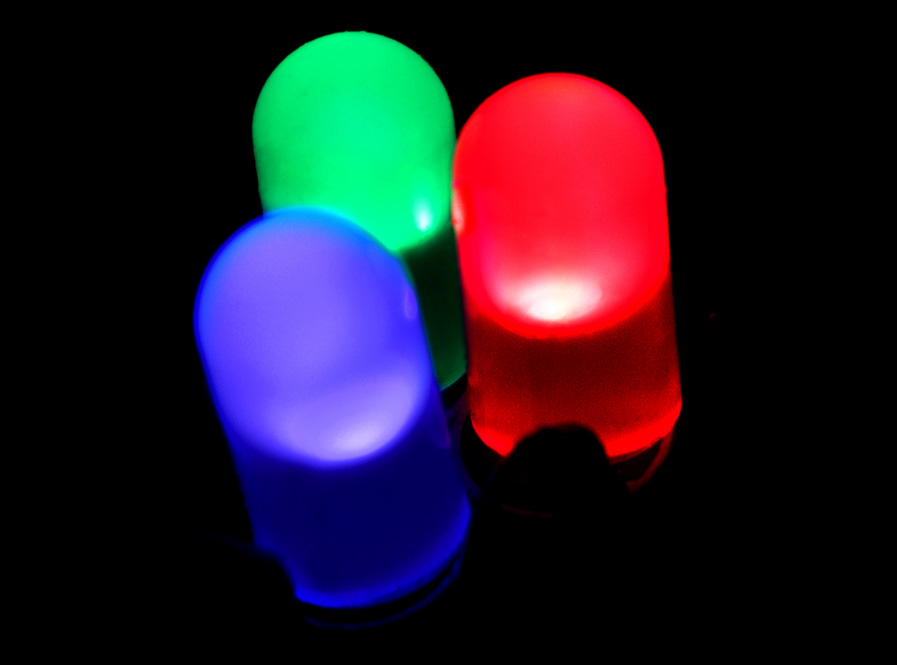Electric Light Sources on:
[Wikipedia]
[Google]
[Amazon]
This is a list of sources of light, the visible part of the electromagnetic spectrum.

 *
*
 *
* *
*
*
*
*
*
*
*
*
*

 *
* ***
**
***
*
***
**
***
*
 *
**
**
**
*
*
*
*
*
**
**
**
*
*
*
*  **
**
**
**
**
**
**
*** Long distance beam light
**
**
**
**
**
**
**
**
**
**
**
**
**
*** Long distance beam light
**
**
**
**
**
**
 Radioluminescence is light resulting from bombardment by ionizing radiation.
*
Radioluminescence is light resulting from bombardment by ionizing radiation.
*
A CD spectrometer
Color spectrographs of common light sources {{DEFAULTSORT:Light Sources Technology-related lists Electronics lists
Light
Light, visible light, or visible radiation is electromagnetic radiation that can be visual perception, perceived by the human eye. Visible light spans the visible spectrum and is usually defined as having wavelengths in the range of 400– ...
sources produce photons from another energy source, such as heat, chemical reactions, or conversion of mass or a different frequency of electromagnetic energy, and include light bulbs and stars like the Sun. Reflectors (such as the moon, cat's eyes, and mirrors) do not actually produce the light that comes from them.
Incandescence
Incandescence is the emission of light from a hot body as a result of its temperature. * *
Combustion
Lamps
* (obsolete) * * * (error) * * * * * *s * (obsolete) *Other
* - shock wave * * * * * * * *
* *
*
*
*
*
*
*
*
*
*
Nuclear and high-energy particle
* * ** ** * * * * *Celestial and atmospheric

 *
*Astronomical object
An astronomical object, celestial object, stellar object or heavenly body is a naturally occurring physical entity, association, or structure that exists within the observable universe. In astronomy, the terms ''object'' and ''body'' are of ...
s
**Sun
The Sun is the star at the centre of the Solar System. It is a massive, nearly perfect sphere of hot plasma, heated to incandescence by nuclear fusion reactions in its core, radiating the energy from its surface mainly as visible light a ...
(sunlight
Sunlight is the portion of the electromagnetic radiation which is emitted by the Sun (i.e. solar radiation) and received by the Earth, in particular the visible spectrum, visible light perceptible to the human eye as well as invisible infrare ...
, solar radiation
Sunlight is the portion of the electromagnetic radiation which is emitted by the Sun (i.e. solar radiation) and received by the Earth, in particular the visible light perceptible to the human eye as well as invisible infrared (typically p ...
)
***
***
**Star
A star is a luminous spheroid of plasma (physics), plasma held together by Self-gravitation, self-gravity. The List of nearest stars and brown dwarfs, nearest star to Earth is the Sun. Many other stars are visible to the naked eye at night sk ...
(Starlight
Starlight is the light emitted by stars. It typically refers to visible electromagnetic radiation from stars other than the Sun, observable from Earth at night, although a component of starlight is observable from Earth during daytime.
Sunlig ...
)
***Nova
A nova ( novae or novas) is a transient astronomical event that causes the sudden appearance of a bright, apparently "new" star (hence the name "nova", Latin for "new") that slowly fades over weeks or months. All observed novae involve white ...
/ supernova
A supernova (: supernovae or supernovas) is a powerful and luminous explosion of a star. A supernova occurs during the last stellar evolution, evolutionary stages of a massive star, or when a white dwarf is triggered into runaway nuclear fusion ...
/ hypernova
A hypernova is a very energetic supernova which is believed to result from an extreme core collapse scenario. In this case, a massive star (>30 solar masses) collapses to form a rotating black hole emitting twin astrophysical jets and surrounded b ...
***
****
***
**
***
***
***
***
***
*
**Meteor
A meteor, known colloquially as a shooting star, is a glowing streak of a small body (usually meteoroid) going through Earth's atmosphere, after being heated to incandescence by collisions with air molecules in the upper atmosphere,
creating a ...
 ***
**
***
*
***
**
***
*Lightning
Lightning is a natural phenomenon consisting of electrostatic discharges occurring through the atmosphere between two electrically charged regions. One or both regions are within the atmosphere, with the second region sometimes occurring on ...
( Plasma)
**
**
**
**
*
Luminescence
Luminescence is emission of light by a substance not resulting from heat.Bioluminescence
Bioluminescence is light resulting from biochemical reaction by a living organism. * * * * Cavitation bubbles made by mantis shrimps * * * * * * * *Cathodoluminescence
Cathodoluminescence is light resulting from a luminescent material being struck by electrons.Chemiluminescence
Chemiluminescence is light resulting from achemical reaction
A chemical reaction is a process that leads to the chemistry, chemical transformation of one set of chemical substances to another. When chemical reactions occur, the atoms are rearranged and the reaction is accompanied by an Gibbs free energy, ...
.
Cryoluminescence
Cryoluminescence is the emission of light when an object is cooled.Crystalloluminescence
Crystalloluminescence is light produced duringcrystallization
Crystallization is a process that leads to solids with highly organized Atom, atoms or Molecule, molecules, i.e. a crystal. The ordered nature of a crystalline solid can be contrasted with amorphous solids in which atoms or molecules lack regu ...
.
Electric discharge (electrical energy)
* ** ** * ** ** * ** ** ** *** *** *** *** *** (Obsolete) *** (Obsolete) ** *** *** *** *** *** *** *** *** ** ** *** ** *** *** ** **Electrochemiluminescence
Electrochemiluminescence is light resulting from anelectrochemical reaction
Electrochemistry is the branch of physical chemistry concerned with the relationship between electrical potential difference and identifiable chemical change. These reactions involve electrons moving via an electronically conducting phase (typica ...
.
Electroluminescence
Electroluminescence is light resulting from an electric current being passed through a substance. *
**
**
**
*
*
*
*
*
**
**
**
*
*
*
*  **
**
**
**
**
**
**
*** Long distance beam light
**
**
**
**
**
**
**
**
**
**
**
**
**
*** Long distance beam light
**
**
**
**
**
**
Mechanoluminescence
Mechanoluminescence is light resulting from a mechanical action on a solid. *Triboluminescence
Triboluminescence is a phenomenon in which light is generated when a material is mechanically pulled apart, ripped, scratched, crushed, or rubbed (see tribology). The phenomenon is not fully understood but appears in most cases to be caused by the ...
, light generated when bonds in a material are broken when that material is scratched, crushed, or rubbed
* Fractoluminescence, light generated when bonds in certain crystals are broken by fractures
*Piezoluminescence
Piezoluminescence is a form of luminescence created by pressure upon certain solids. This phenomenon is characterized by recombination processes involving electrons, holes and impurity ion centres. Some piezoelectric crystals give off a certain am ...
, light produced by the action of pressure on certain solids
*Sonoluminescence
Sonoluminescence is the emission of light from imploding bubbles in a liquid when excited by sound.
Sonoluminescence was first discovered in 1934 at the University of Cologne. It occurs when a sound wave of sufficient intensity induces a gaseo ...
, light resulting from imploding bubbles in a liquid when excited by sound
Photoluminescence
Photoluminescence is light resulting from absorption of photons. *Fluorescence
Fluorescence is one of two kinds of photoluminescence, the emission of light by a substance that has absorbed light or other electromagnetic radiation. When exposed to ultraviolet radiation, many substances will glow (fluoresce) with colore ...
, the emission of light by a substance that has absorbed light or other electromagnetic radiation
*Phosphorescence
Phosphorescence is a type of photoluminescence related to fluorescence. When exposed to light (radiation) of a shorter wavelength, a phosphorescent substance will glow, absorbing the light and reemitting it at a longer wavelength. Unlike fluor ...
, the delayed re-emission of light by substance that has absorbed it
Radioluminescence
 Radioluminescence is light resulting from bombardment by ionizing radiation.
*
Radioluminescence is light resulting from bombardment by ionizing radiation.
*Radium dial
Radium is a chemical element; it has symbol Ra and atomic number 88. It is the sixth element in group 2 of the periodic table, also known as the alkaline earth metals. Pure radium is silvery-white, but it readily reacts with nitrogen (r ...
*Tritium radioluminescence
Tritium radioluminescence is the use of gaseous tritium, a radioactive isotope of hydrogen, to create visible light. Tritium emits electrons through beta decay and, when they interact with a phosphor material, light is emitted through the proces ...
Thermoluminescence
Thermoluminescence is light from the re-emission of absorbed energy when a substance is heated.See also
* List of reflected light sources *Luminous efficacy
Luminous efficacy is a measure of how well a light source produces visible light. It is the ratio of luminous flux to power, measured in lumens per watt in the International System of Units (SI). Depending on context, the power can be either th ...
* Photometry (optics)
Photometry is a branch of optics that deals with measuring light
Light, visible light, or visible radiation is electromagnetic radiation that can be visual perception, perceived by the human eye. Visible light spans the visible spectr ...
References
/https://www.britannica.com*/External links
A CD spectrometer
Color spectrographs of common light sources {{DEFAULTSORT:Light Sources Technology-related lists Electronics lists